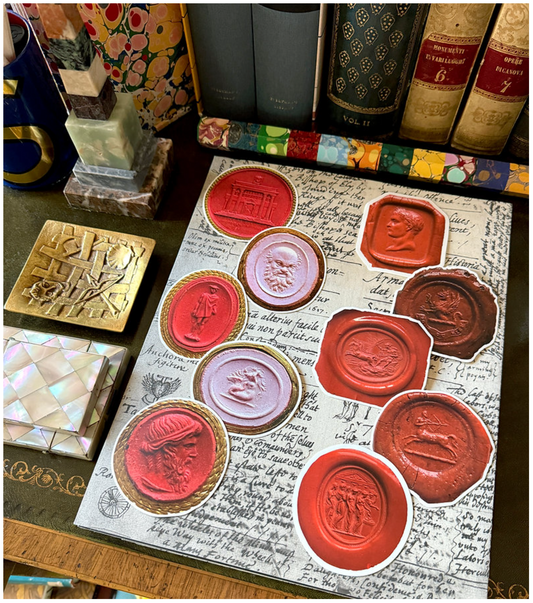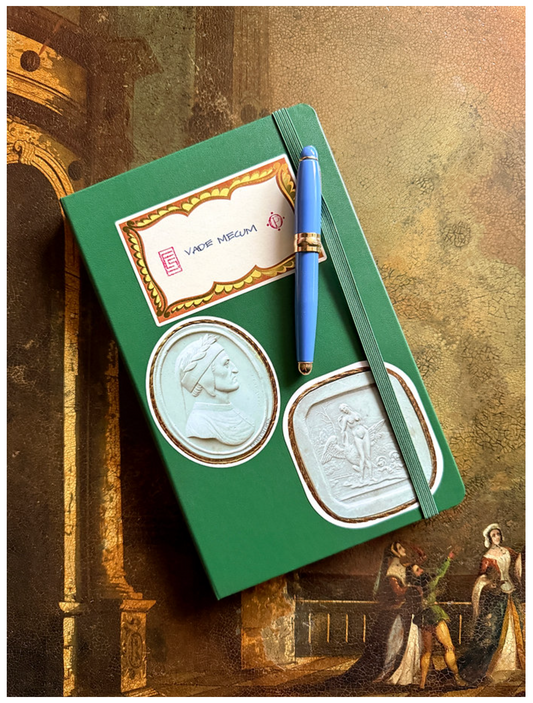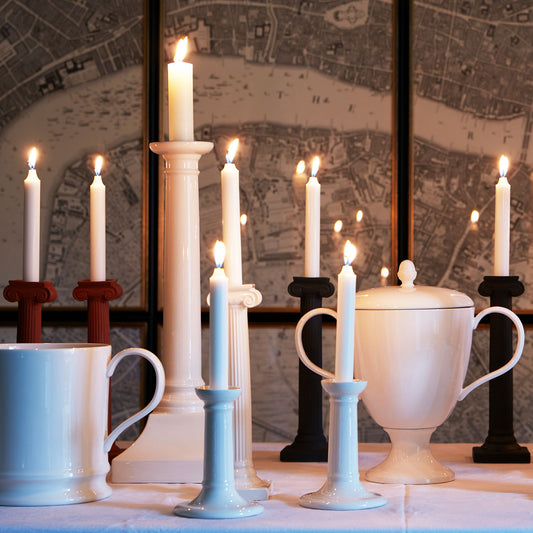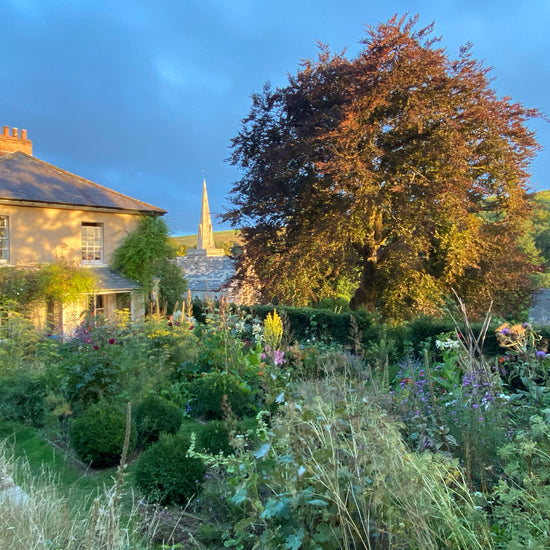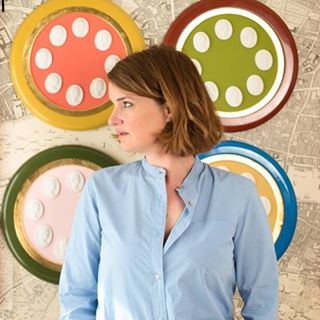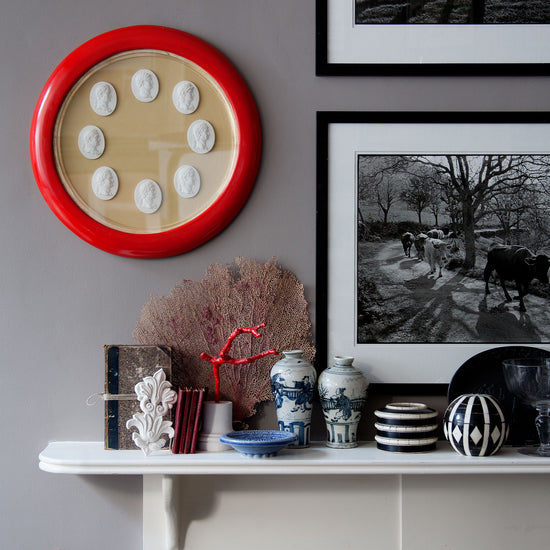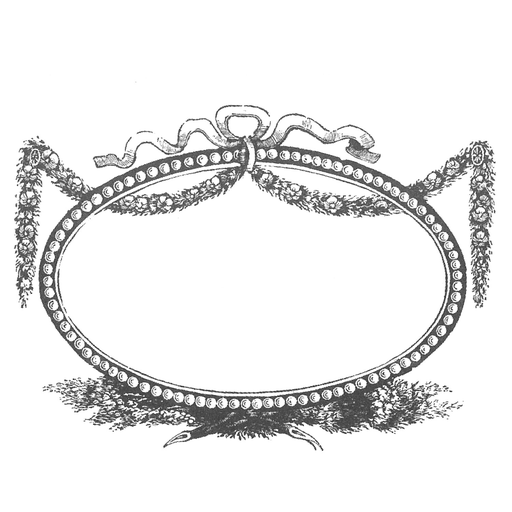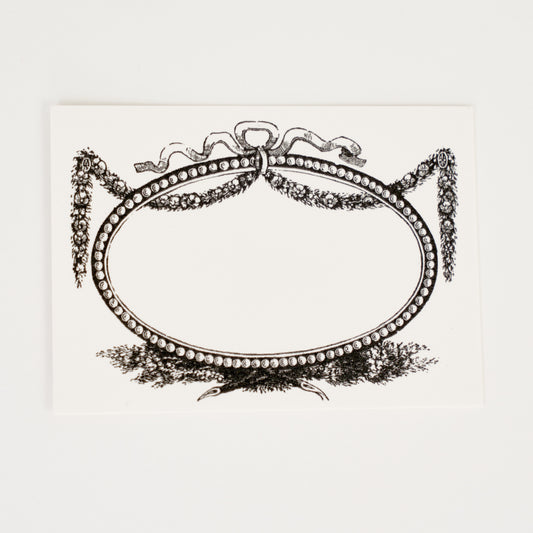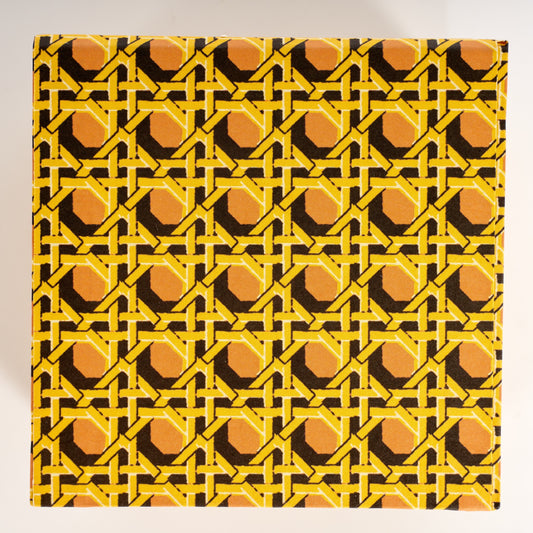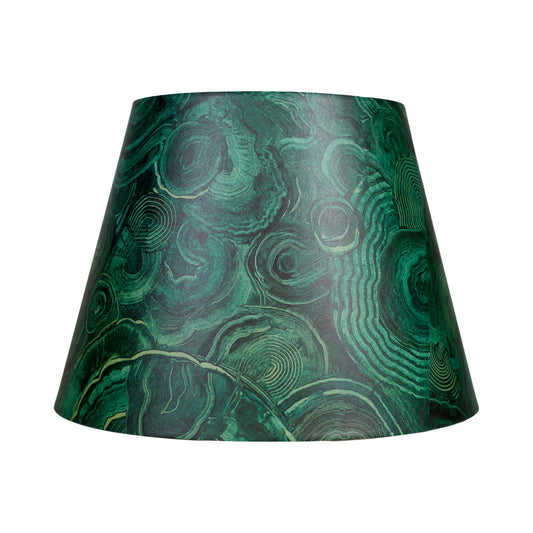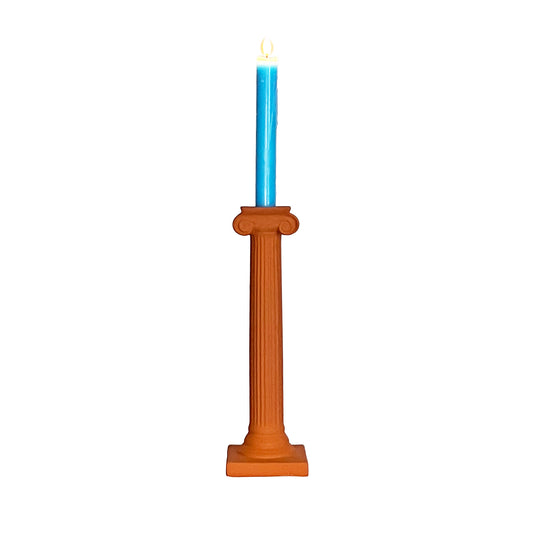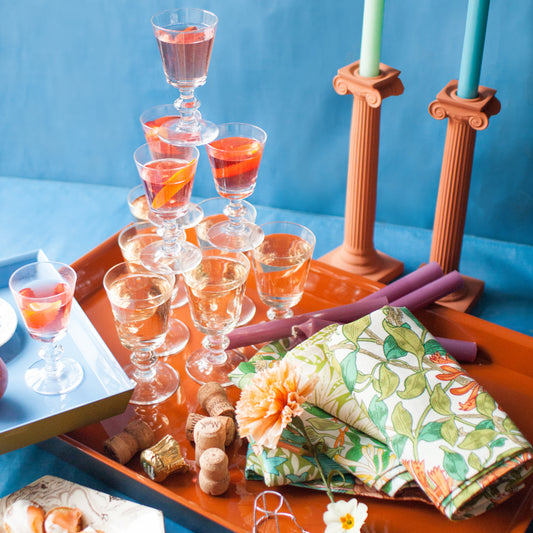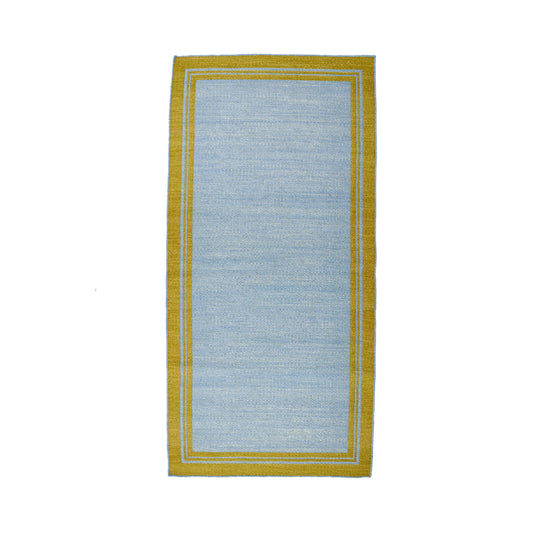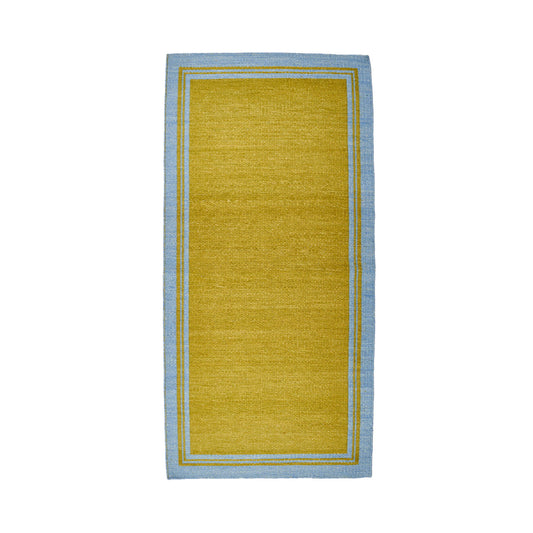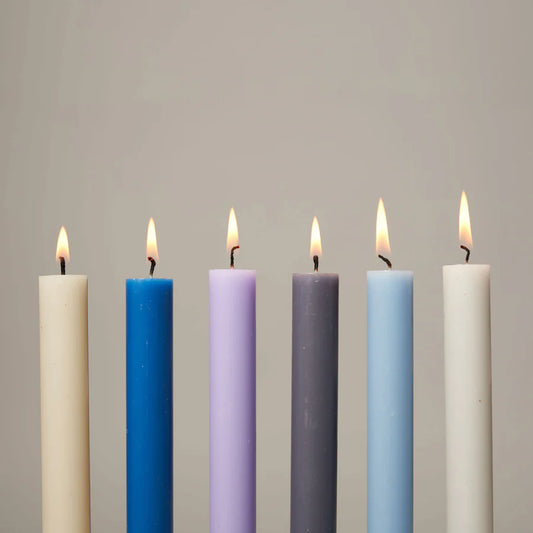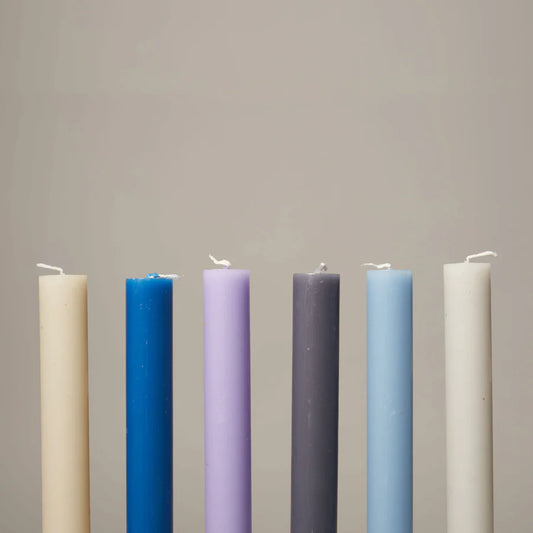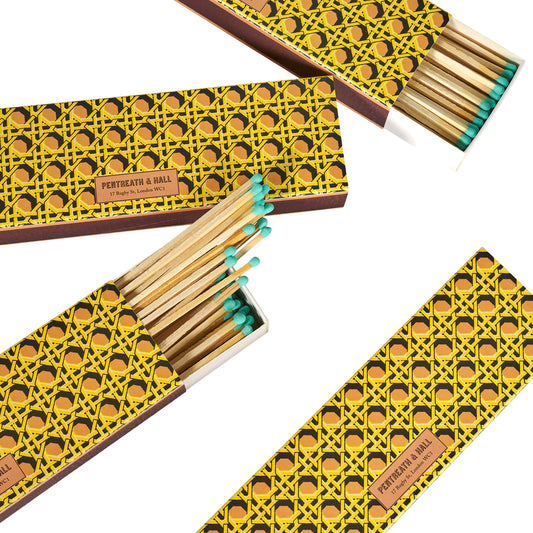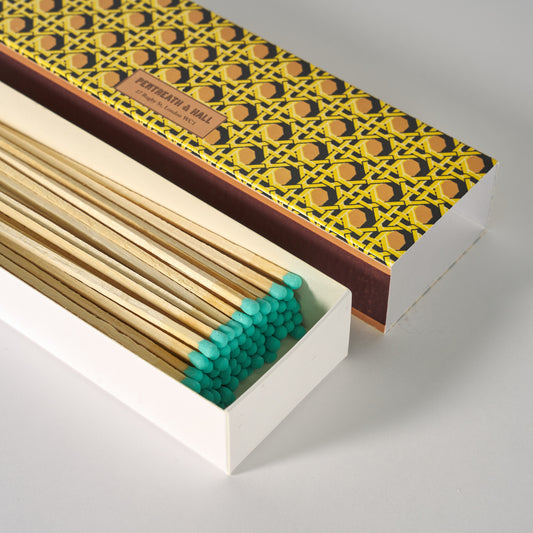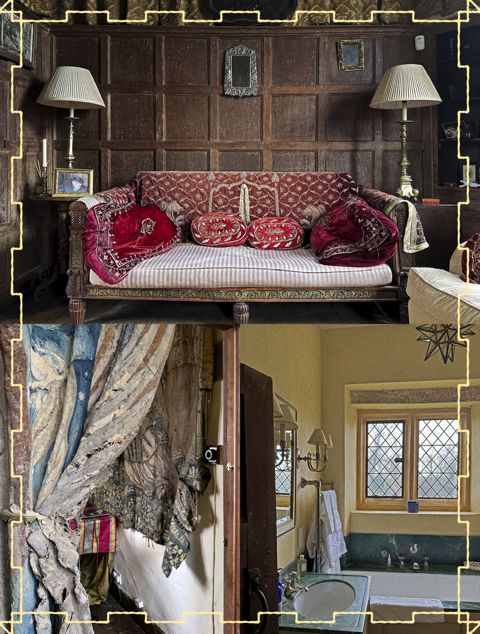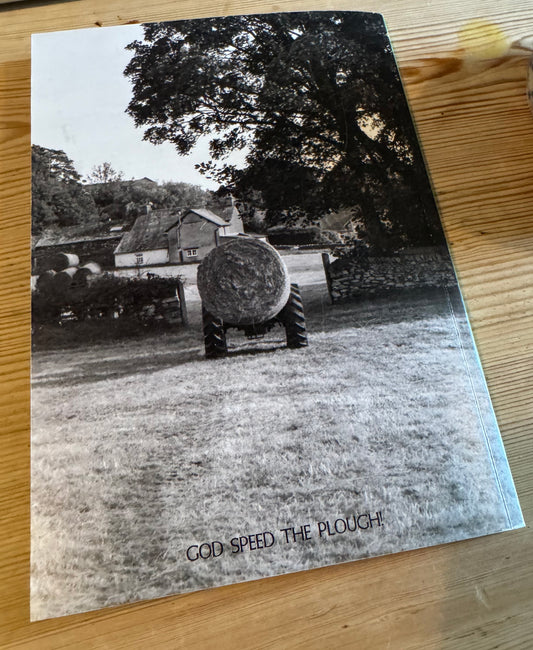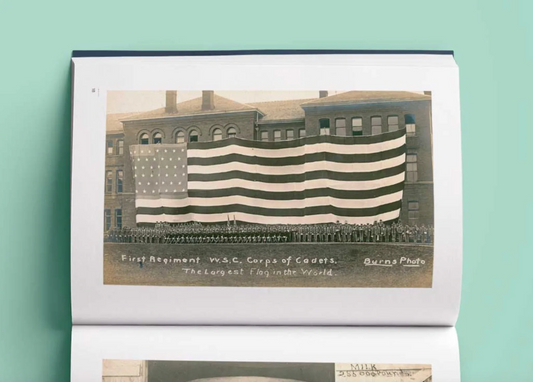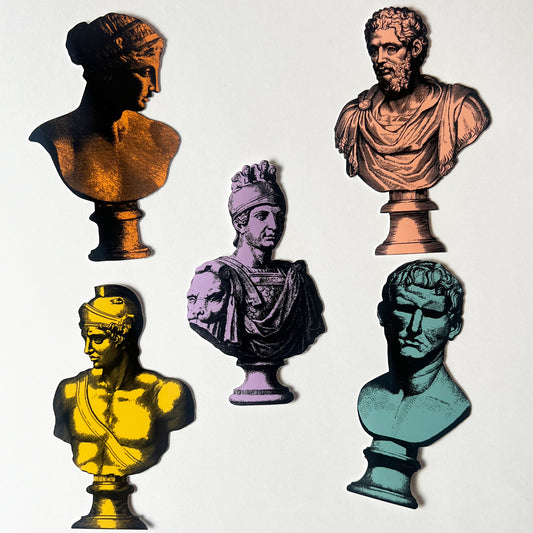Earlier in the week, I found myself with a spare hour or two at the end of a meeting in Oxfordshire. I could either jump straight into the traffic back into London and just about snatch half an hour in the office with people at the end of the day – no fun for anyone – or, looking at the map, I began to hatch a different plan…
I was not so far from Kelmscott, the house that William Morris rented in 1871 and lived in until his death in 1896, the place he called ‘a heaven on earth’. It was Wednesday, and I knew that the house was open on Wednesdays. Sweeping rainstorms had crossed the country and I’d been driving all morning through pouring rain. But by 3 o clock the weather had cleared and pale autumnal sunshine was gently shining through the clouds. And I thought to myself… what could be better than visiting this house which I’ve longed to see for so long.
You park your car in a muddy field on entering the village, as directed, but then there is a lovely 10 minute walk down a quiet lane to the house. The hustle and worries of the world slip away in those ten minutes.
There are some beautiful houses to admire on the way, together with a clutch of cottages designed by Webb and Gimson (that were partly under scaffold, so not ripe for photography I am afraid).
The chimneys of the Manor lay at the end of the quiet lane, together with this beautiful cottage.
A wonderful stone slate fence, encrusted with moss, enclosed the meadow…
And a first glimpse through the trees of a leaded light window that ultimately turned out to be William Morris’s bedroom.
A fine stone gate surround on the lane.

Through which, if you entered (you actually come in through the farmyard around the corner) is this most famous of views… A long stone path, bounded by small rose bushes, leading to the many-gabled house.

Kelmscott is a dream building.
Now owned by the Society of Antiquaries, Kelmscott is largely staffed by volunteers who were informative and generous with their time. It turns out that arriving at 4 o clock on a wet Wednesday in late October is a very good time to pitch up. “Oh, I think you’ll be the last person though the door” said the nice lady at the entrance.
You are allowed to take photographs anywhere. This is a rule that you can imagine I am very happy about (a policy also followed, I am glad to say, now, by the National Trust – although not for some reason by English Heritage. I am never very impressed with the excuse that you can buy the catalogue. It’s not often that the catalogue has a photograph of the precise moulding or curtain frond I’m interested in. Do you know what I mean?)
This is the beautiful White Panelled sitting room, which was added on to the house in the 1660s, I suspect with early 18th century panelling. It is serenely quiet and a perfect square room. Morris added the turkish tiles to the fireplace. It is sparsely furnished, but in a way that feels just right.



Dream. Look at this beautiful window seat.
Next door is a tiny China closet lined with a paper I thought I recognised but now I am less sure of the name. Shelves by Philip Webb hold Morris’s superb collection of blue and white china.
The Green Room is curtained with perfect faded fabric, one of my favourite patterns of all time, Kennet.


Upstairs, above the white drawing room, is one of the most beautiful rooms in the house – the Tapestry Room, which was already lined with this series of tapestries, depicting the story of Samson, when the Morrises and Rosetti arrived at the house in 1871. Rosetti originally used the room as a studio, but after he left the house 3 years later, Morris made it his work room. 




It’s perhaps the finest room in the house.
At the other end of the passage, is Jane Morris’s bedroom, entirely lined in Willow Bough, which regular readers of the blog will know is a certain favourite of mine. 
If I suggest Willow Bough to any decoration client younger than the age of 40, they adore it. If I suggest Willow Bough to any client over the age of 50, they cringe in horror. In the 1970s every downstairs loo in Britain was wallpapered with Willow Bough and no-one who grew up in that decade can think of it without a shudder (together with seagrass squares, which, for me, is the nicest possible flooring that you can think of, and which it has been my single-handed mission, in the shop, to reintroduce as the best floor covering ever). Should you be wondering, over at Pentreath Towers we are getting SERIOUSLY into cork at the moment as well.
Upstairs in the attics is a small display of books and other printed matter from the Kelmscott Press and other Morris-alia. The frontispiece of News from Nowhere or an Epoch of Rest has the most perfect illustration of the house, unchanged today.
The attic bedrooms are sparse and perfect. Incidentally they are also the only rooms in the house that don’t have strong (often fluorescent) lighting – which cast a rather contemporary glow across the whole of the interiors of Kelmscott. I have a hunch that if I was the director of the house, I’d turn all the lights off even on the gloomiest of days; take away one or two of the signs, that subtly turn the house in to a building that feels like a museum, and fill each room with bunches of flowers. It does feel somewhat institutional, and I think it needs to feel more like the Morris’s home.

The attic bedrooms, without their strong electric light, felt completely real and timeless, as if Morris might be climbing the stairs at any moment.

There is a nice photograph of Morris in the hallway, rather younger and kinder-looking than we often see him.  Outside, the garden was slipping into Autumn.
Outside, the garden was slipping into Autumn.











The house was closing up. Conveniently, because that was the last photograph I took before my camera died. I had a nice cup of tea in the cafe, and made my way back to the car, and drove home happy that at longest last I’d made a trip I’d been looking forward to doing for years.
Kelmscott is open for one more week before it closes for the winter – this coming Wednesday, and the last opening day is Saturday 31st. So if you find yourself in that bit of Oxfordshire on either of those two days this week, now you know what to do.
Back home in London, here’s some photos from an old blog – Willow Bough in our little guest bedroom.



What I hadn’t quite realised, of course, until I visited Kelmscott, is that Morris lived on Queen Square, at number 26 (the site of which is now part of the hospital), from 1865 to 1872, and that the offices of Morris & Co (Morris, Marshall, Faulkner & Co to start with) were located here until 1881. Here is a drawing.
And here is a letter that I found online in an auction catalogue. I think Charlie and I should have new paper printed.
And so the story goes full circle, and I will wait to hear from many readers who will be a great deal more expert than me about further details of Morris, Kelmscott and Queen Square.




